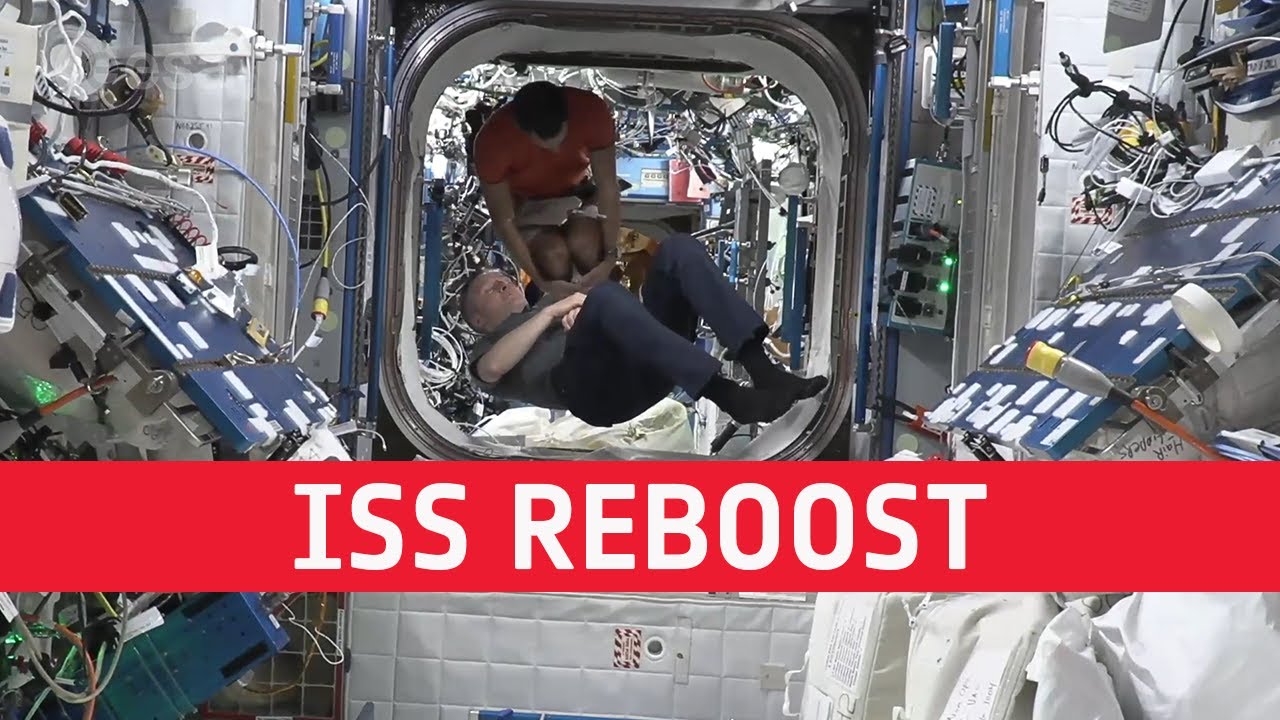The International Space Station (ISS) orbits the Earth at an altitude of around 400 km. Although in “space”, the Earth’s atmosphere extends to that altitude and above, and a large object like the ISS experiences sufficient atmospheric drag to reduce its altitude by around 100 metres a day. You can see a plot of the Height of the ISS at Heavens Above.
To avoid descending to an altitude where its orbit would rapidly decay and eventually result in the station burning up in the atmosphere, the ISS must be regularly re-boosted to compensate for the drag-induced lowering of its orbit. Although the Zvezda module of the station has thrusters which can do this, since they have a limited life span, they have not been used for this purpose since April 2007.
Instead, reboosts are performed using the propulsion capability of visiting spacecraft, principally Russian Progress freighters and, while it was in service, the U.S. Space Shuttle. The European ATV cargo ship also had a reboost capability, but is now retired, and the Northrop Grumman Cygnus has reboost capability, which was tested on a recent flight but has not been used for a regular reboost. Due to its thruster design, the SpaceX Dragon 2 cannot be used for reboost. Reboosting the station requires around 7.5 tonnes of propellant per year which is carried by the cargo craft that perform the reboosts while attached.
The acceleration produced by a small thruster on a space station with a mass of 445 tonnes is, to say the least, modest, and reboost thruster firings often last half a hour or more. During a reboost, the station accelerates very gently along the direction of its orbit and a crew member on board, floating free inside the station (and thus in his or her own orbit around the Earth, with no propulsion acting on them) will perceive the station to be accelerating around them.
This video from the European Space Agency was taken in March 2022 during a reboost by the attached Russian Progress 79 cargo ship. Crew members can be seen to float away from the camera, which is looking back along the station axis toward the cargo ship, as the station accelerates. The acceleration is subtle: the video has been sped up by a factor of eight to make it more apparent.
